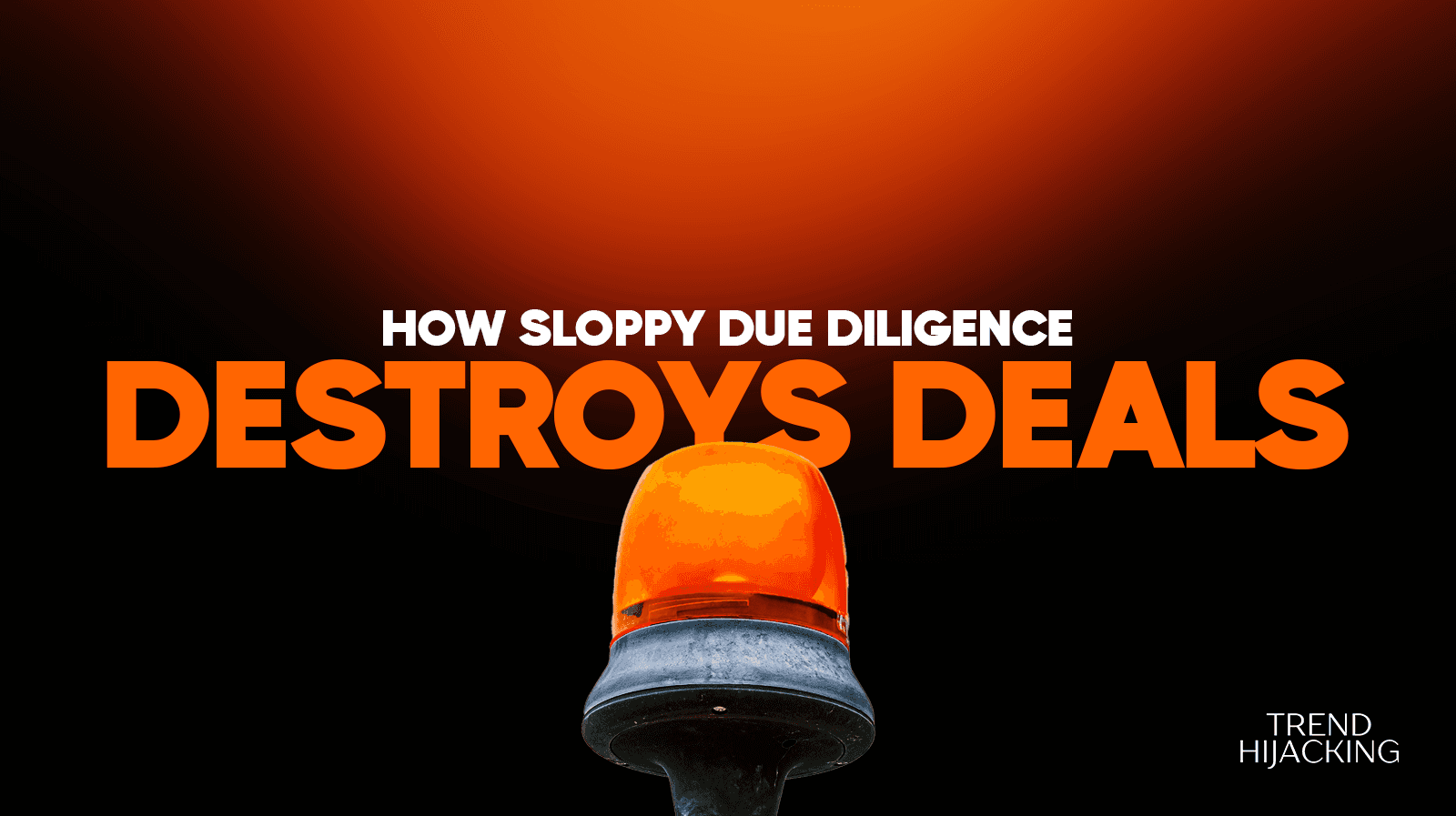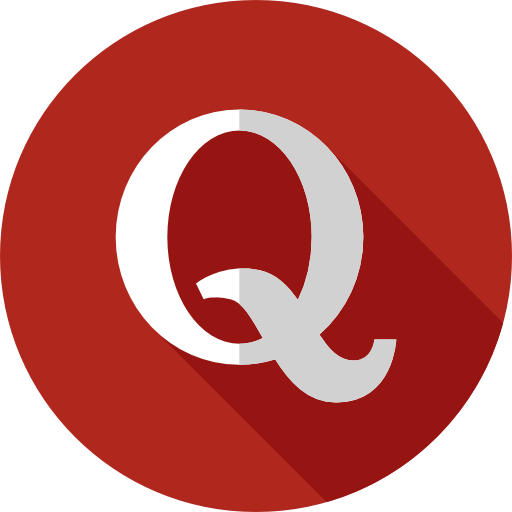Business Acquisition vs. Building Your Own Brand: Which Is More Profitable?
Buying a Business: An Established Shortcut to Profit

One of the main appeals of buying an existing business is that you’re stepping into something that’s already functioning. The brand is already known, customers are in place, and the operations are generally running smoothly. This eliminates much of the guesswork that comes with launching something brand new.
Immediate Cash Flow
When you buy an established business, you often inherit a customer base and a revenue stream that can start delivering profits from day one.
The cash flow is already there, and if the business has been doing well, this can provide a sense of stability.
For entrepreneurs who want quicker returns or have less time to build from scratch, this is a huge benefit.
There’s no need to go through the process of introducing a new brand to the market or slowly growing a customer base. You skip ahead of the growing pains that often come with new businesses.
Proven Business Model
Acquiring a business means the model has already been tested. You don’t have to wonder if customers will like the product or service, and you don’t need to spend time refining your approach to marketing.
The business has an established framework, and you’re simply taking over the reins.
But, buying a business isn’t all smooth sailing.
We Help You Buy / Build, Manage and Scale E-commerce Brands for an EXIT
E-commerce Simplified for Busy Individuals – We handle the buying, building, and scaling, so you can focus on what matters.
Growth-Focused Strategies – From sourcing to marketing, we drive growth and prepare you for a profitable exit.
Expertly Managed Exits – We build a high-value brand designed for a Lucrative exit.
The Downsides of Buying a Business

While acquiring an established business can seem like an attractive shortcut to profitability, several significant downsides warrant careful consideration.
1. High Initial Costs
The cost of acquiring an established business can be substantial.
Depending on its size, location, and success, the purchase price could exceed the initial investment required to start your own brand from scratch.
According to a report from BizBuySell, the median asking price for small businesses is around $250,000, and many successful businesses may cost much more.
This price tag can be a barrier for many entrepreneurs.
2. Hidden Liabilities
When purchasing an existing business, you inherit all its existing liabilities.
This includes debts, unresolved legal issues, or unfavorable contracts with suppliers or customers.
You may uncover these hidden problems only after the deal is finalized, leading to unforeseen costs that can quickly eat into your profits.
3. Cultural Misalignment
Every business has its unique culture and operational style.
As a new owner, you may face resistance from existing employees who are set in their ways.
Cultural clashes can disrupt productivity and morale, making it challenging to implement your vision for the business.
4. Risk of Declining Sales
An established business may appear profitable at first glance, but sales could be in decline due to market changes, emerging competitors, or shifting consumer preferences.
A report from the Small Business Administration (SBA) indicates that around 30% of small businesses fail within the first two years, often due to failing to adapt to market conditions.
You might find yourself navigating a sinking ship rather than a stable enterprise.
5. Lack of Brand Loyalty
Just because a business is established doesn't mean it has a loyal customer base.
Previous owners may have relied on outdated marketing strategies or failed to engage customers effectively.
You might find that attracting repeat business is more challenging than anticipated, requiring additional investment in marketing and customer relationship management.
Building Your Own Brand: Total Control, But More Effort

Building your own brand can be particularly appealing if you have a clear vision and want to maintain full creative control.
This approach allows you to design every aspect of your business, from the brand identity to customer experience, without being tied to someone else's legacy.
For example, many successful entrepreneurs start by identifying a unique niche in the market that isn’t being adequately served.
They invest time in research and customer feedback to shape their offerings, ensuring that they resonate with their target audience.
By taking this route, you can craft a business that truly reflects your passions and expertise, setting a solid foundation for growth.
With the right strategies and tools, you can streamline processes, making it easier to focus on what matters most—building a brand that stands out in the marketplace.
Creative Control and Vision
When you build your own brand, everything is done your way.
You’re not inheriting someone else’s problems or making compromises based on what already exists.
From the brand identity to the customer experience, you have the opportunity to design every aspect to your exact specifications.
If you're someone who values creative control and has a clear idea of how you want your business to operate, this is a huge plus.
Building a brand allows you to address a unique niche in the market that may not be served by existing businesses. You get to craft the customer journey and build a business that reflects your own passion and expertise.
Lower Initial Investment
In most cases, starting your own brand can require less initial capital than acquiring an established business.
Online businesses, in particular, can be launched with minimal upfront costs, making this option financially appealing for new entrepreneurs.
You have the flexibility to choose a business model that fits your budget, whether it’s e-commerce or SaaS.
This adaptability allows you to scale gradually, reinvesting profits as your brand grows.
Additionally, when you build your own brand, you retain full ownership and control over your profits.
Unlike an acquisition, where you may have to share revenue or profits with previous owners, starting from scratch means every dollar earned goes directly to you.
Another benefit is the ability to innovate without constraints.
You can pivot your business model or product offerings based on market trends and customer feedback, ensuring that you remain competitive and responsive to your audience’s needs.
Lastly, starting your own brand can foster a deeper connection with your customers.
By crafting a unique story and identity from the ground up, you create a brand that resonates on a personal level, building loyalty and trust among your customer base.
However, the tradeoff comes in the form of time and effort.
While you might save money initially, building a business from scratch requires dedication to growing your audience, finding customers, and establishing brand recognition.
The Downside: Slow Start
While you might save money initially, building a business from scratch means you won’t see profits overnight.
You’ll need to spend time growing your audience, finding customers, and gaining their trust.
This process can take months or even years before you see consistent cash flow.
Marketing, customer acquisition, product development—these are just some of the challenges that will require your attention in the early stages.
Many entrepreneurs face frustration as they try to make their first sales and build brand recognition.
However, with programs like our Automation Program, you can fast-track this entire process.
Our program offers the tools and strategies to build your business from scratch and generate revenue and profit in real time.
We take care of the heavy lifting by managing the business for you, minimizing the stress and time investment on your end.
This allows you to focus on the bigger picture while your business grows with far less effort. (Book a call here to find out more >>)
Profitability Comparison

So, which is more profitable—acquiring an existing business or building your own brand? The answer depends on what you're looking for and what resources you have available.
Faster Returns with Acquisition
If your goal is to see profits quickly, buying a business is typically the faster option.
You’re investing in something that already exists, which means revenue can start flowing in right away.
However, the initial cost is much higher, and if you don’t have enough capital to make the purchase or handle any potential issues, this route could be risky.
Additionally, acquisitions often come with flaws.
Whether it’s outdated systems or operational challenges, it can take time to integrate everything smoothly.
As a result, it might be a while before you start seeing real profits.
Long-Term Growth with Building a Brand
On the other hand, building your own brand may take longer to reach profitability, but it offers greater potential for long-term growth.
You’re creating something that’s entirely yours, free from inherited problems or constraints.
This gives you the opportunity to achieve higher profits over time as you scale your business, refine your products, and build a loyal customer base.
With the right strategies in place, your brand could far exceed the profits of an acquired business.
Plus, by streamlining time-consuming tasks like marketing, customer follow-ups, and order management, you’ll have more time to focus on expanding and improving your business, while maintaining control over every decision.
If you have the funds to hire experts from the start, you can exponentially speed up the process, potentially realizing significant profits even quicker than you would through an acquisition.
By leveraging expert knowledge, you’ll bypass many of the early-stage challenges and see faster results without the risk and flaws often associated with acquisitions.
Conclusion: What’s the Best Path for You?
In the end, the decision between buying a business and building your own brand comes down to your goals, resources, and personal preferences.
If you’re looking for quick profits and are willing to invest in an established business, acquiring a company might be your best option.
However, if you’re in it for the long haul and want the freedom to create something from the ground up, building your own brand could be more rewarding and profitable in the long run.
Programs like our Automation Program can make starting your own business less daunting by streamlining many of the essential tasks, such as marketing, customer follow-ups, and order management.
This allows you to focus on scaling and building something truly yours, while we handle the time-consuming work.
Whichever path you choose—acquisition or building from scratch—make sure it aligns with your long-term goals and gives you the best chance for success.
But if you’re choosing the building-a-brand path, we can help you build, launch, manage, and scale your eCommerce business with ease.
Check out our Automation Program to find out more and get started on your journey today!
We Help You Buy / Build, Manage and Scale E-commerce Brands for an EXIT
E-commerce Simplified for Busy Individuals – We handle the buying, building, and scaling, so you can focus on what matters.
Growth-Focused Strategies – From sourcing to marketing, we drive growth and prepare you for a profitable exit.
Expertly Managed Exits – We build a high-value brand designed for a Lucrative exit.
FAQ
Q.1. What is the main benefit of buying a business?
A. You get immediate cash flow and a proven business model, avoiding the risks of starting from scratch.
Q.2. Why might building your own brand be more appealing?
A. It offers full creative control, allowing you to build a business that reflects your unique vision.
Q.3. What is the biggest downside to buying a business?
A. The initial cost is often higher, and you may inherit hidden problems like debt or dissatisfied customers.
Q.4. How long does it take to make a new brand profitable?
A. Building a brand takes time—months or even years—before seeing consistent profits.
Q.5. Can automation programs help with building a brand?
A.Yes, programs like Trend Hijacking's automation tools can speed up processes like marketing and customer acquisition, helping you scale faster.
A Done-For-You E-commerce Business
Discover how we Build, Launch, and Scale a 6-figure/month Business for You
Learn more
The 6-Step Blueprint to E-Commerce Acquisition
See how we Acquire, Convert, and Scale with Real Case Studies to Prove It.





















